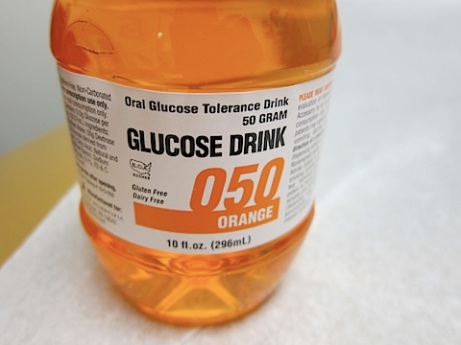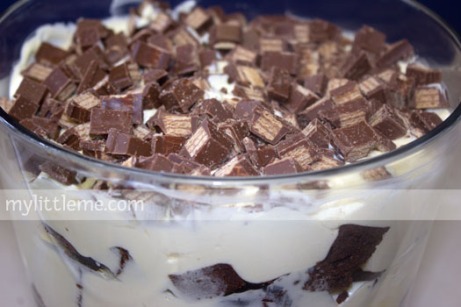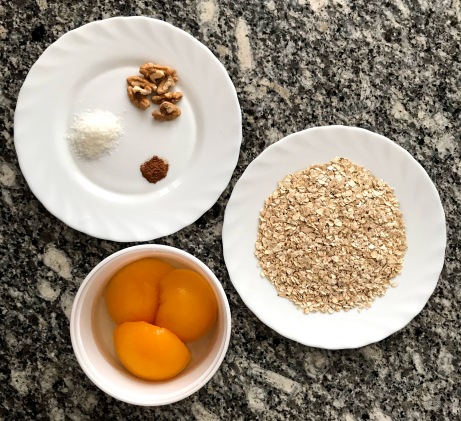
You are perhaps aware of the ecological disaster that is desertification, the transformation of previously productive land into desert (more from Wikipedia here). Even if you personally live in an area filled with all manner of green and leafy loveliness, the problem is a pressing one in many world regions. I highly recommend a 2013 TED talk by Allan Savory on the subject.
If you’re not sure you want to commit to a 22-minute video (or to the express version made possible by increasing playback speed in the video settings), you can get a quick sense from this blog post. Once you’ve read it, you might want to see the video anyway, to get the visuals, and learn more about Savory’s counterintuitive and controversial argument.
I’m on board with the counsel that we make sure to keep our livestock in herds, and move them around, though as most of us are probably fresh out of livestock, we’re unlikely to be a big part of the global solution. But at least we’re better informed!
As much as I love learning about the world, my chief motivation in bringing this idea to you today is that I also love wordplay, and I wanted to talk about dessertification. The title wasn’t really a typo.*
Having invented the word, I’ll explain what I mean by it.
Dessertification | \ di-ˌzər-tə-fə-ˈkā-shən \ : The slight adjustment of the normal food you eat in a dessert direction, to stave off the too-frequent consumption of actual dessert.
Now for some background.
A few weeks ago a friend of mine had a bit of a scare: she was administered the quick-and-dirty test for gestational diabetes that pregnant women take during month five, and the results were worrisome. Happily, the more thorough and reliable test that followed let her know that the first result had been a false alarm.

Between those two tests, amid concerns about short term and long term negative health consequences for both her and her baby, she and I talked through the kinds of dietary changes that even gestational diabetes would require. We were reminded of the gap between our understanding of sugar’s threat to our health, and our actual behavior in consuming more than we should.
Trying to limit sugar consumption without feeling continually deprived is likely to mean making fewer things that center around sugar, and introducing sweetness in places where it can make a more harmless difference. In other words, the focus is on healthy food, with embellishments.
So what does dessertification look like in a home kitchen?
Here are a few examples: Instead of making a cake, I might go for buttered whole wheat toast, topped with banana slices with a swipe of lemon curd, sprinkled with finely grated coconut.
We like whipped cream on whole wheat waffles with jam, rather than a trifle filled with cake and candy bars doing laps in layers of pudding and cream.

I used to look a little bit askance when El Guapo would make a rather involved breakfast porridge, until a few things happened: 1) I realized it didn’t take that much time, 2) I recognized that it was a perfect example of dessertification, and 3) I tasted it.
For example, instead of regular oatmeal,† he makes something that’s a convincing stand-in for peach cobbler. He cuts up half a peach, chops up a walnut or two, adds a pinch of salt, a little cinnamon, and some finely grated coconut, and uses a bit of the juice from the can of peaches (and coconut milk if he has it) as part of the liquid to make the oatmeal. It’s surprisingly tasty.

That’s two more peach halves than go into the mix, but the one looked so lonely that he photographed them together.
I began practicing dessertification long before I invented a word for it. It doesn’t mean we’ve sworn off full-fledged food decadence, but I think it works well for our family. Occasionally dessertifying regular food can be satisfying enough that we can lengthen the intervals between full-on desserts, and our bodies thank us for it.
Does the logic of dessertification make sense to you? I know a counter-argument can easily be made, that if you add sugar to regular food, you’ll just increase tolerance, and pretty soon more sugar is needed to get that same buzz. What do you think?

*I’m an editor by trade; it doesn’t mean mistakes of that kind will never feature in my writing, but perhaps they’ll be a little less likely.
†We described this to our kids in Germany, and they were skeptical. Could they have been influenced by the fact that the term for oatmeal porridge in German is Haferschleim, oat-slime?
[Images: Sarah Yap @ National Geographic, littlefockels.wordpresslcom, mylittleme.com, El Guapo, healthsomeness.com]
